In outdoor environments, electrical boxes often face extreme climatic conditions, such as high temperatures, large changes in humidity, and direct sunlight, which can cause a lot of heat to be generated by the components inside the electrical box. If the heat cannot be dissipated in time, it will have a serious impact on the performance, stability, and service life of the electrical equipment, and even cause safety accidents. Therefore, the design of heat dissipation holes is very important in outdoor electrical boxes.
As a window for air exchange inside and outside the electrical box, the heat dissipation hole's primary function is to allow hot air to be directly discharged from the outside of the electrical box. When the components inside the electrical box are running, the heat generated will increase the temperature of the surrounding air and form a hot air layer. The presence of the heat dissipation hole breaks the closed state of this layer of hot air, allowing the hot air to flow out of the electrical box smoothly, thereby reducing the internal temperature. This direct heat dissipation method is simple and effective, and is the most basic part of the electrical box heat dissipation system.
In addition to direct heat dissipation, the heat dissipation hole also enhances the heat dissipation effect by optimizing the convection cycle. Due to the high temperature and low density of the hot air inside the electrical box, it will naturally rise and be discharged through the heat dissipation hole. At the same time, the relatively cool air outside the electrical box will enter the electrical box through other air inlets or around the heat dissipation holes, forming a convection cycle. This convection cycle not only accelerates the discharge of hot air, but also promotes the replenishment of cold air, so that the temperature inside the electrical box can be kept at a low level.
The design of the heat dissipation holes also takes into account the factors of reducing thermal resistance. Thermal resistance is the hindering force in the process of heat transfer, which affects the rate and efficiency of heat transfer. By reasonably designing the size, shape and distribution position of the heat dissipation holes, the thermal resistance can be minimized to the greatest extent, so that heat can be transferred more smoothly from the inside of the electrical box to the external environment. In addition, the surface treatment of the heat dissipation holes (such as using thermal conductive materials or increasing roughness) can also further improve the heat dissipation efficiency.
Ultimately, the effective heat dissipation of the heat dissipation holes is of great significance to prevent overheating damage to the components inside the electrical box. Overheating will not only lead to the degradation of component performance and shortened life, but may also cause serious safety accidents such as fire. Through the design and application of heat dissipation holes, it can be ensured that the temperature inside the electrical box is always kept within a safe range, thereby ensuring the normal operation of electrical equipment and personnel safety.
The heat dissipation holes on the outdoor electrical box effectively help the internal components to dissipate heat through multiple mechanisms such as direct heat dissipation, optimized convection circulation, reduced thermal resistance, and prevention of overheating damage. This design not only improves the stability and service life of electrical equipment, but also ensures the safe operation of electrical equipment in outdoor environments.

 ENGLISH
ENGLISH 简体中文
简体中文 GERMAN
GERMAN SPAIN
SPAIN
 +86 181-5747-1135
+86 181-5747-1135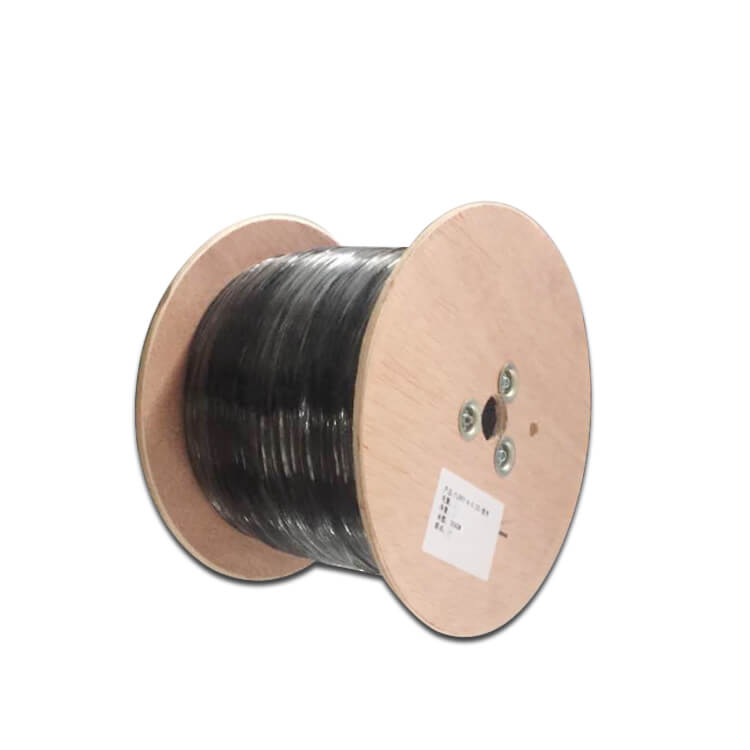
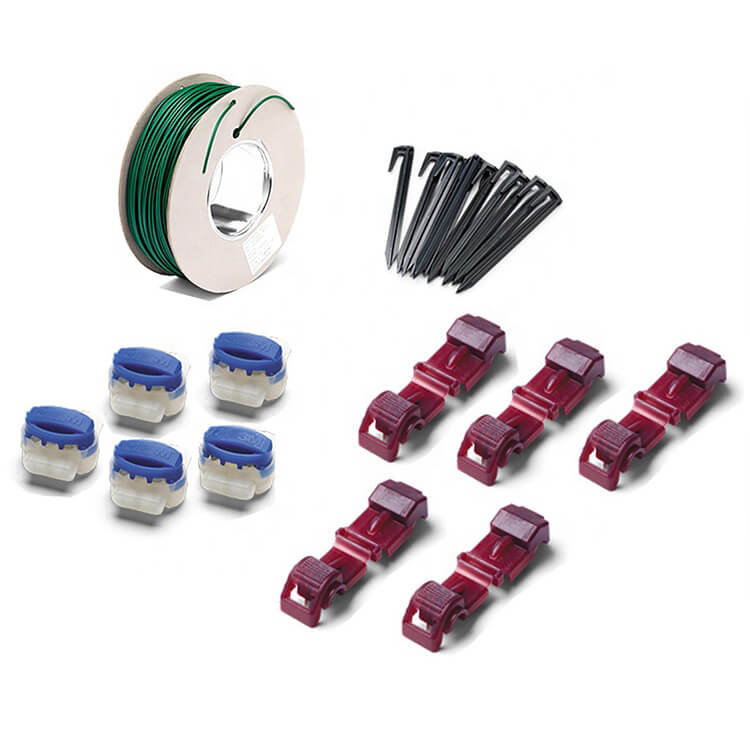
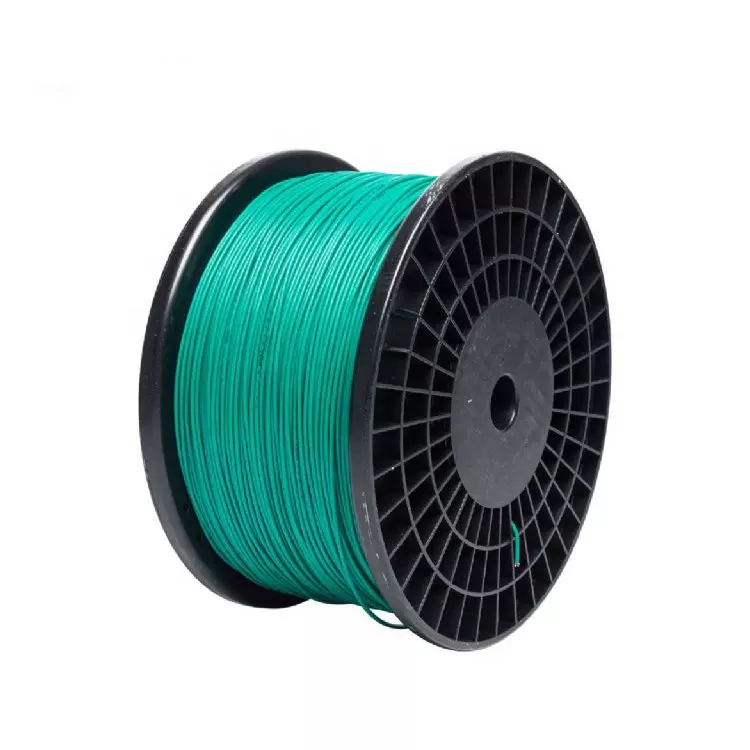
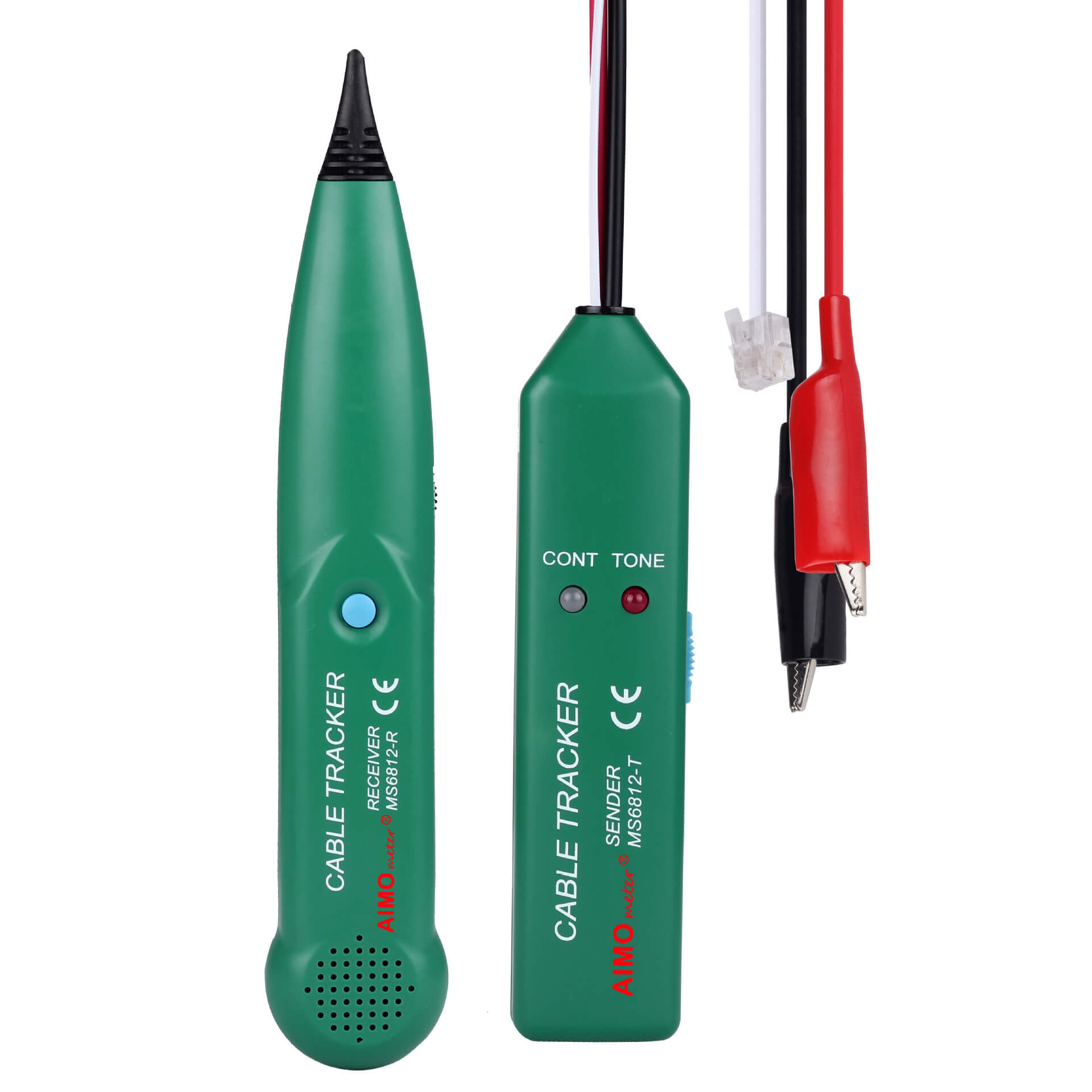


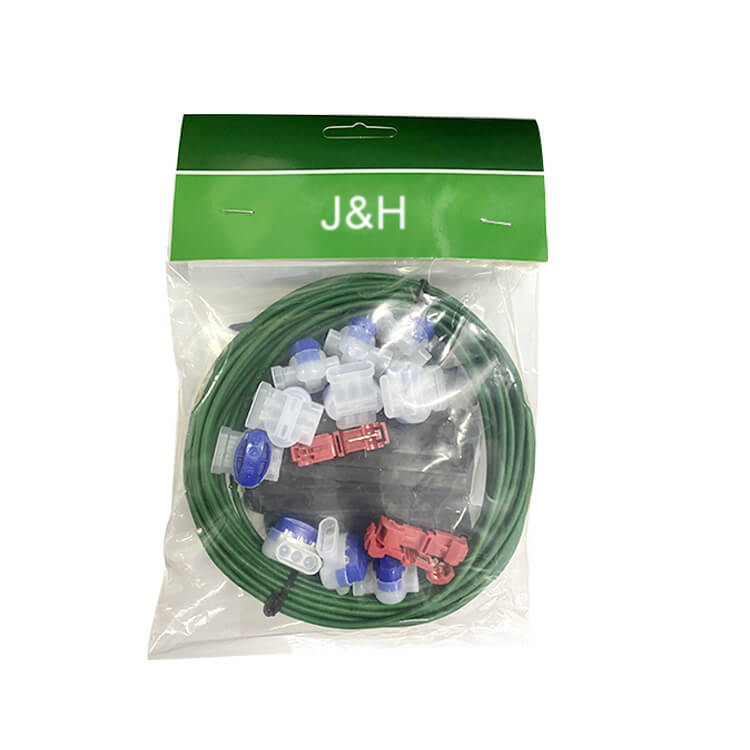
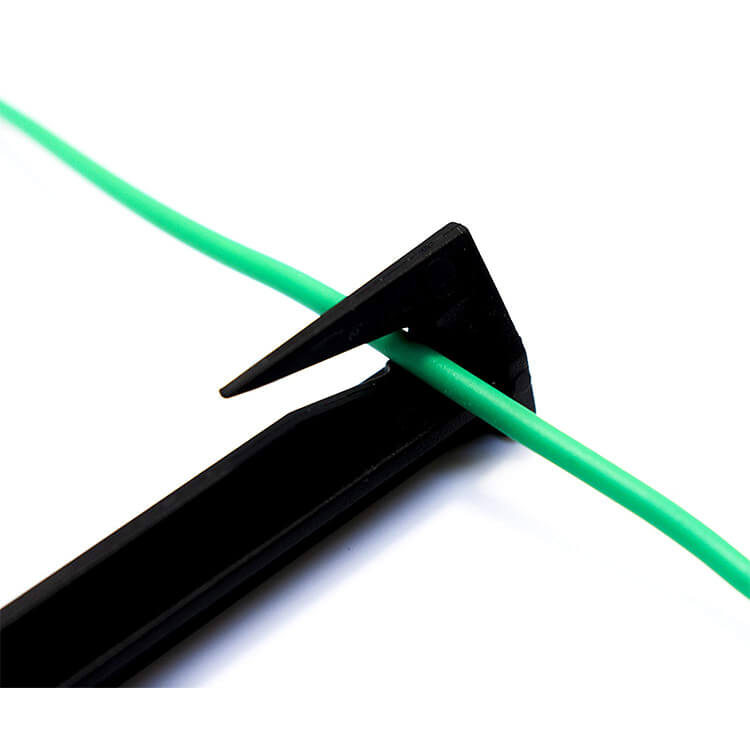
 Abroad:+86 181 5747 1135
Abroad:+86 181 5747 1135 FAX: +86 574 8900 7636
FAX: +86 574 8900 7636 E-mail:
E-mail: 

 read the map
read the map

